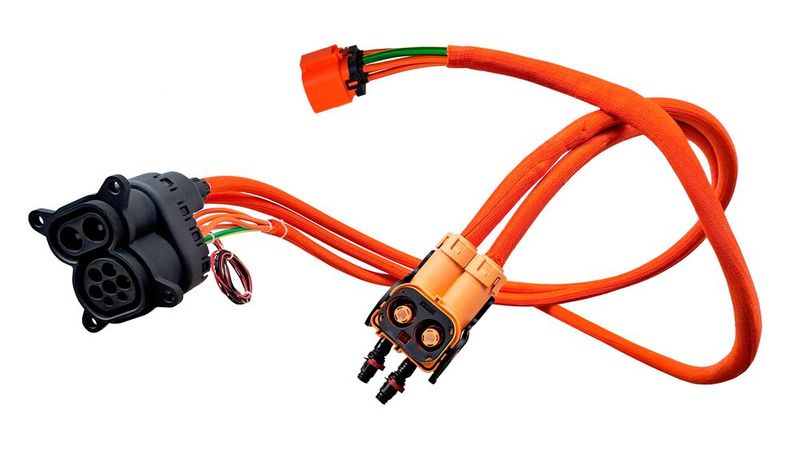
The management of thermal loads during high-current charging events remains a major technical challenge in e-mobility. While core drive system components such as inverters, electric motors, and high-voltage batteries are typically liquid-cooled, the high-voltage cables and charging harnesses connecting these systems have traditionally remained uncooled. Read more…
Author: E-Mobility Engineering
Next generation SCiB module for heavy duty designs
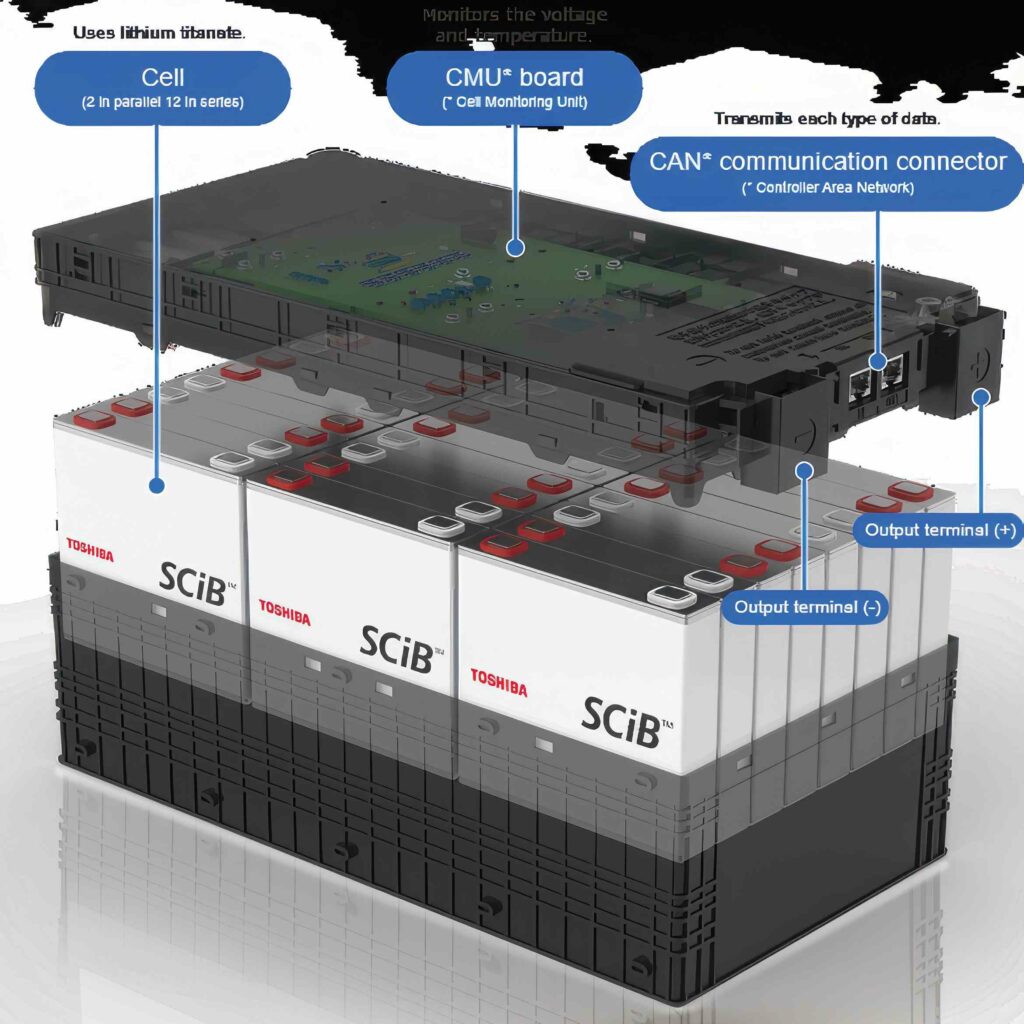
Toshiba has developed a new version of its SCiB battery module for electric buses and ships, writes Nick Flaherty.
The new version uses an aluminium baseplate that dissipates approximately twice the heat of current modules for higher power applications. Read more…
Advanced PEEK materials enable high-voltage EV motor performance
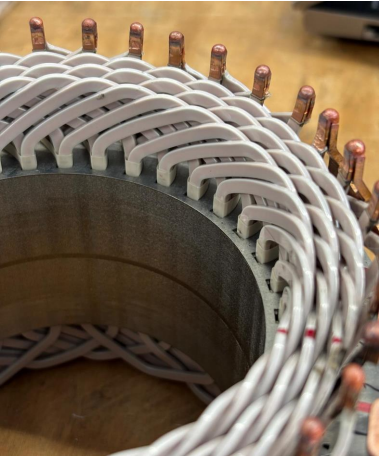
Syensqo’s Ajedium™ and KetaSpire® PEEK Solutions Optimize Slot Fill Factor and Thermal Management in Premium Sports Car Application
Mavel Powertrain has integrated Syensqo’s advanced polyetheretherketone (PEEK) materials into its latest high-voltage electric motor architecture, targeting applications exceeding 800V nominal system voltage. Read more…
Robot charging for Rotterdam
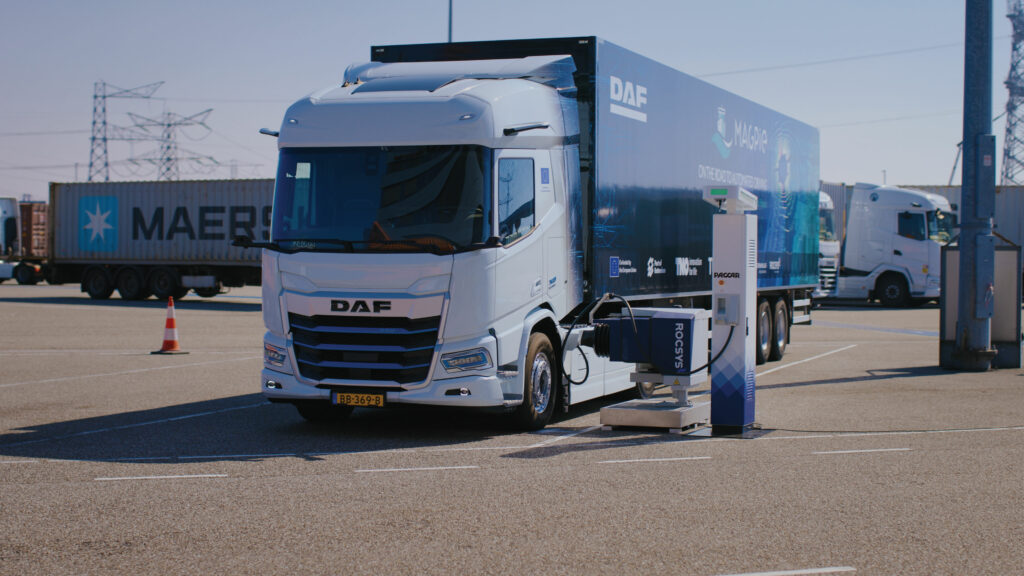
Rocsys has demonstrated its robot self-charging system working with electric trucks in a port in the Netherlands, writes Nick Flaherty.
The Rocsys platform includes the first interoperable robotic hands-free charging system for ports, logistics and robotaxi industries. The demonstration was part of the European Magpie project to automate activity at ports and logistics centres. Read more…
Robot charging for Rotterdam

Rocsys has demonstrated its robot self-charging system working with electric trucks in a port in the Netherlands, writes Nick Flaherty.
The Rocsys platform includes the first interoperable robotic hands-free charging system for ports, logistics and robotaxi industries. The demonstration was part of the European Magpie project to automate activity at ports and logistics centres. Read more…
Battery pack designed for second life
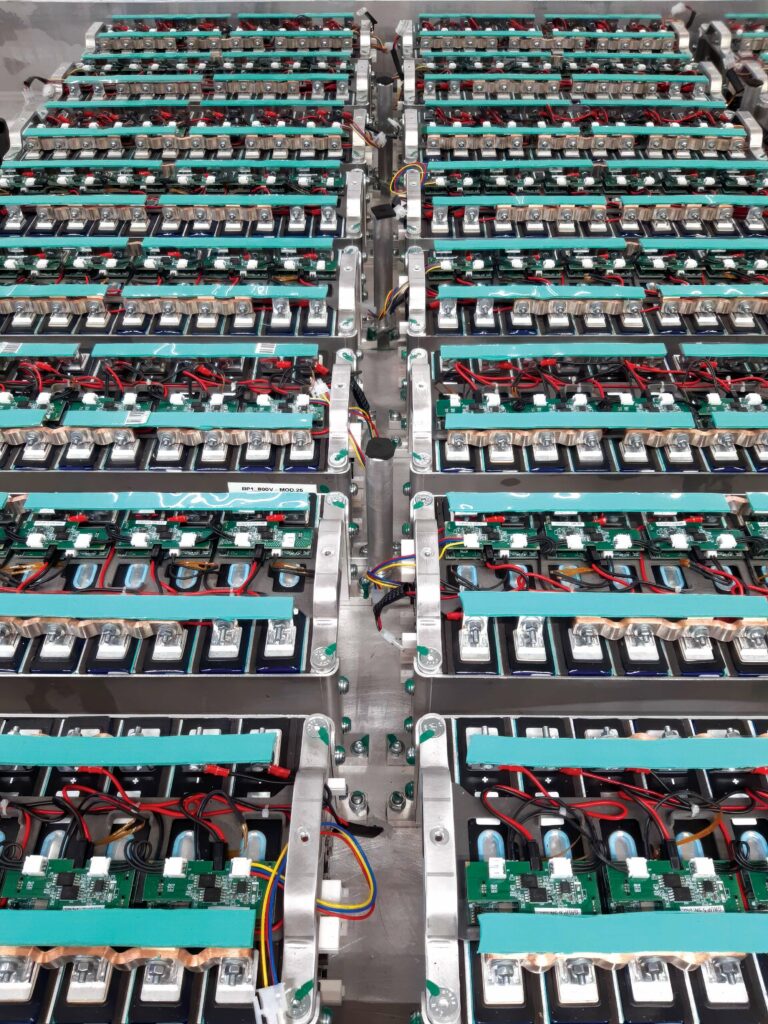
A European project has developed a battery prototype designed for ease of assembly and disassembly of battery components, writes Nick Flaherty.
The battery pack developed as part of the MARBEL project with car maker Stellantis uses a wireless battery management system (BMS), artificial intelligence (AI) and a digital twin capable of predicting a battery’s remaining useful life, as well as its state of charge and health. Read more…
Breakthrough busbar sealing boosts EV drivetrain reliability and design freedom
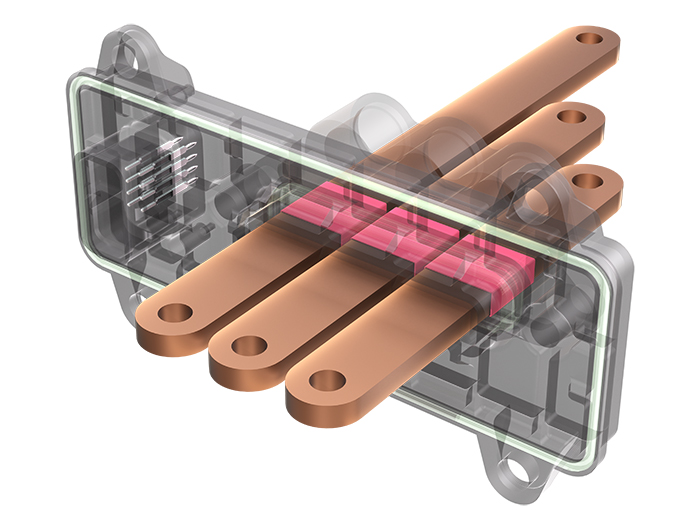
ENNOVI has introduced ENNOVI-SealTech, a new busbar sealing technology that addresses one of the persistent challenges in hybrid and electric vehicle drivetrain engineering. The solution is designed to prevent coolant leakage at critical interconnects and can be applied to both busbars and other connection points found in motors, inverters, and oil pump interfaces. Read more…
Digital twin for material optimisation
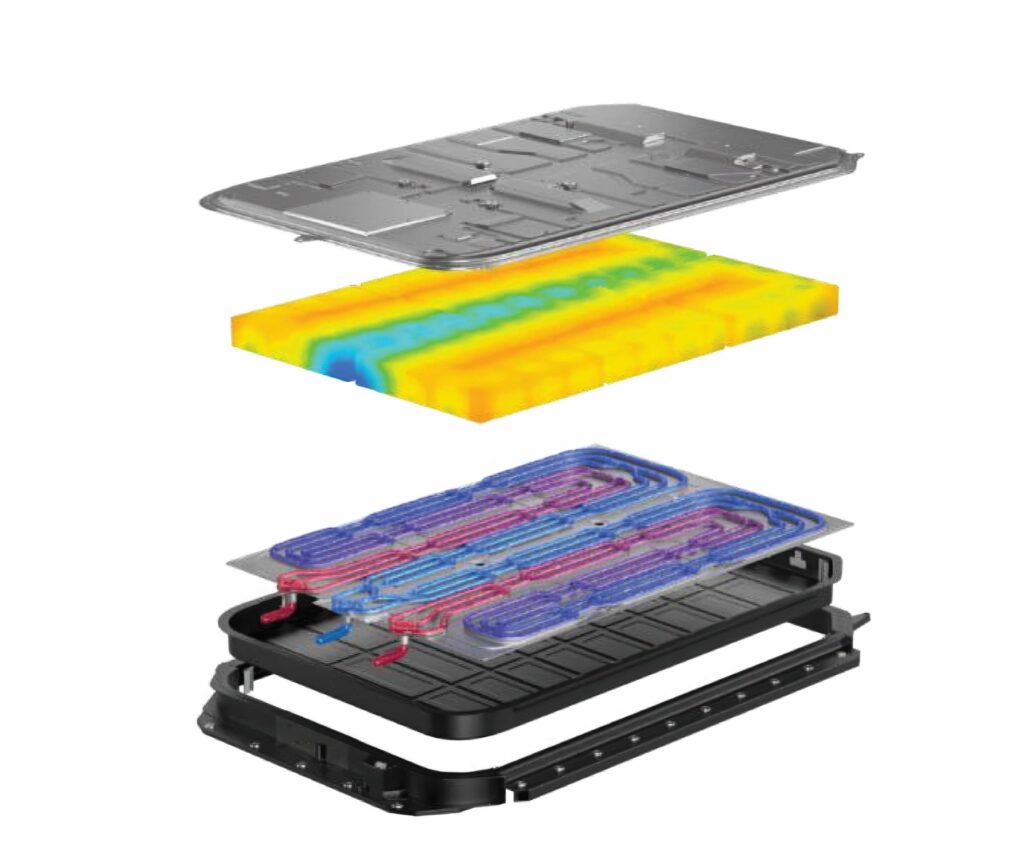
Henkel is launching digital twin modelling and simulation capabilities combined with real-world validation of structural materials used in e-mobility designs, writes Nick Flaherty.
Henkel is combining its expertise in material application with in-house testing and validation to close the loop between digital and real-world design and testing. Read more…
Turntide Gen 5 battery powers OEM Innovation with built-in compliance
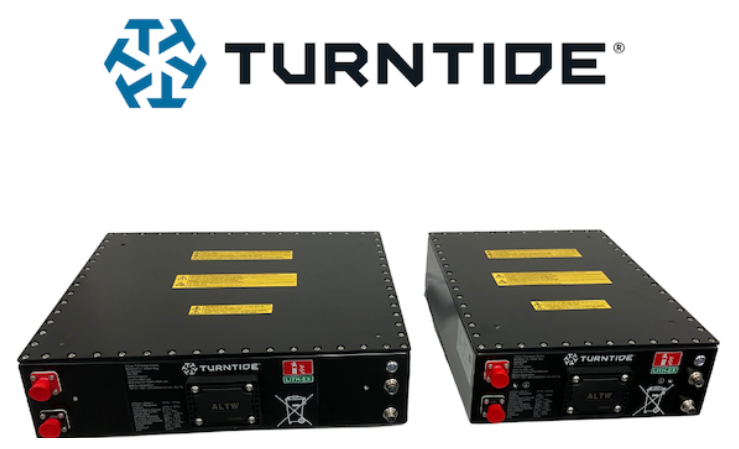
Turntide Technologies has introduced its Gen 5 NMC modular battery system, engineered specifically to address the growing regulatory complexities facing OEMs in electrification projects. The system’s architecture integrates compliance with EU battery regulations directly into its core design parameters, reducing time-to-market for manufacturers developing battery-powered systems. Read more…
Compact active suspension power for EVs by Hongfa and Vicor
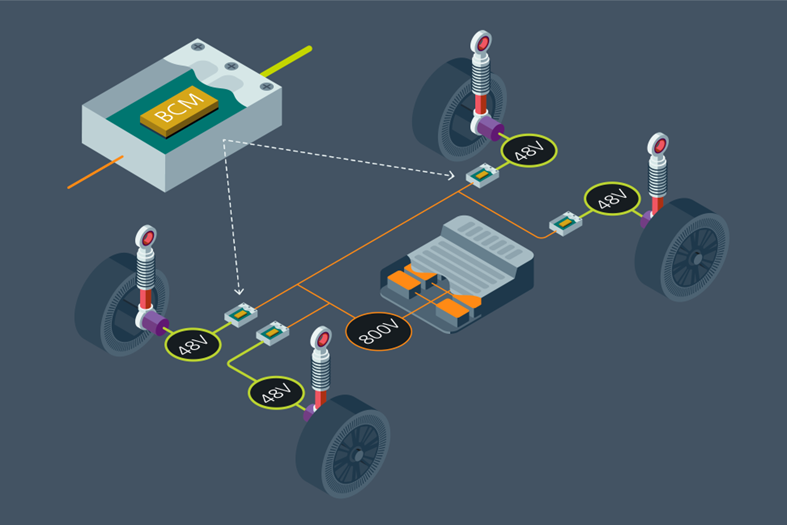
Hongfa has introduced what it claims is the smallest and highest performing active suspension power system yet developed for automotive applications, targeting the migration of this long-standing luxury feature into the mid-range EV segment. The system is built around Vicor’s BCM6135 fixed-ratio DC-DC bus converter modules, which enable direct conversion from the vehicle’s 800V traction battery down to a 48V power delivery network. Read more…
Bucher to showcase next-gen e-mobility solutions at The Battery Show Europe
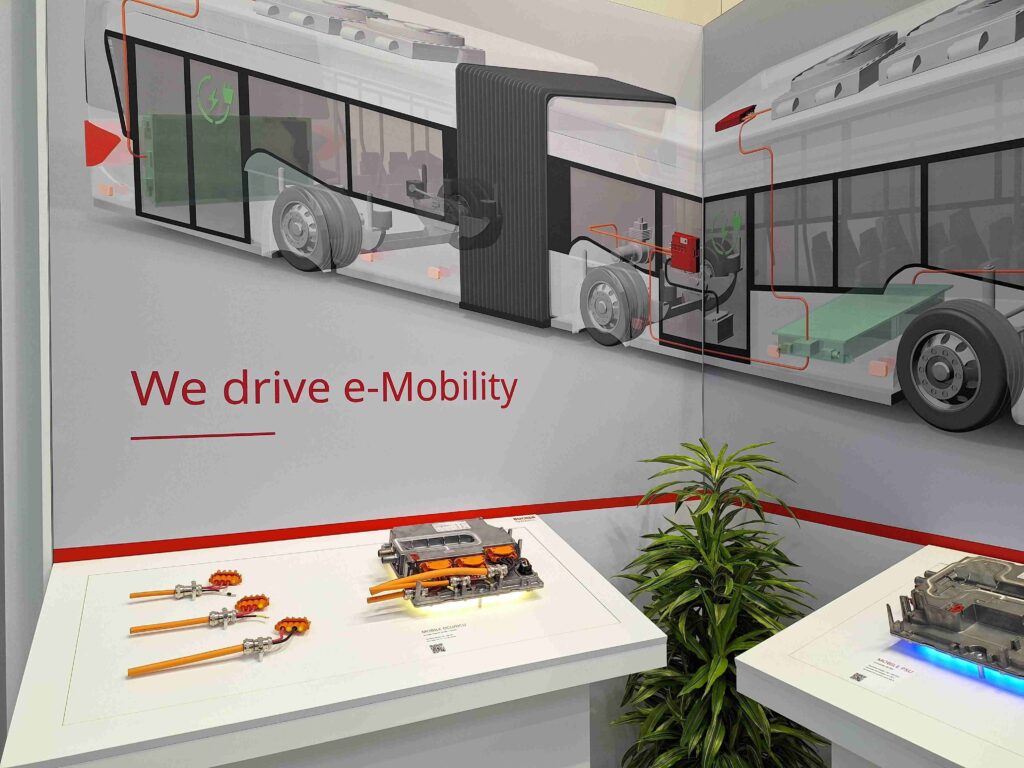
Bucher will present a trio of advanced e-mobility solutions at The Battery Show Europe 2025, each designed to address critical needs in the electric vehicle and commercial transport sectors. Their HW012 Upgrade Mobile Converter/Inverter Platform stands out as a next-generation solution, delivering robust cyber-security features to protect vehicle systems in an increasingly connected world. Read more…
Micro-Epsilon powers precision measurement at The Battery Show Europe
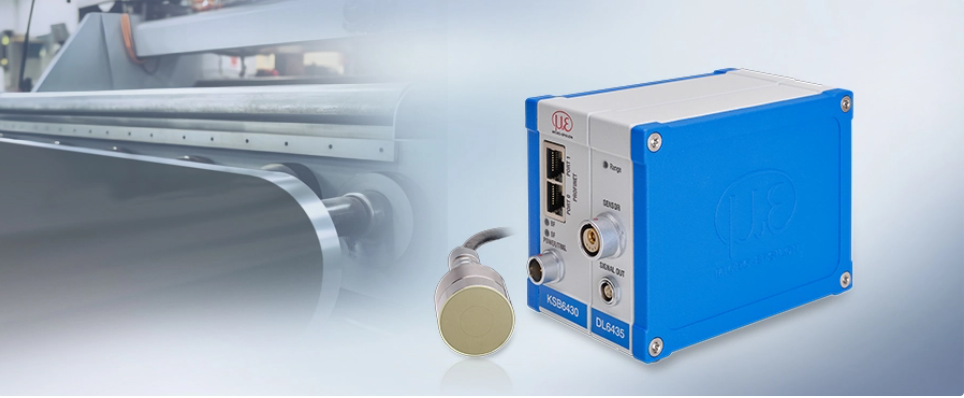
Micro-Epsilon is set to showcase a trio of advanced measurement solutions at The Battery Show Europe, each designed to meet the evolving needs of battery manufacturing and quality assurance. At the forefront is the combiSENSOR KSB6430, a dual-technology sensor that combines capacitive and eddy current measurement in one compact device. Read more…
Gruner AG will unveil advanced relays for safer, more efficient e-mobility at The Battery Show
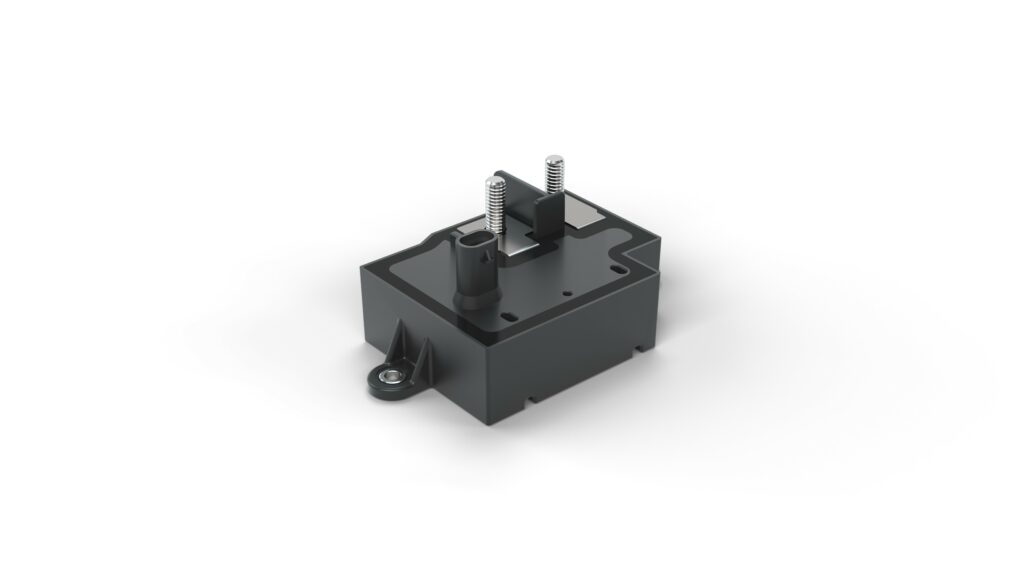
The proportion of electrically powered vehicles is growing worldwide. At the same time, the focus is shifting to the performance and safety requirements of the electronic components used. With its innovative and high-performance relays, Gruner AG offers a wide range of solutions for global mobility, from lowcurrent to high-voltage applications. Read more…
Renewable energy for mining electrification
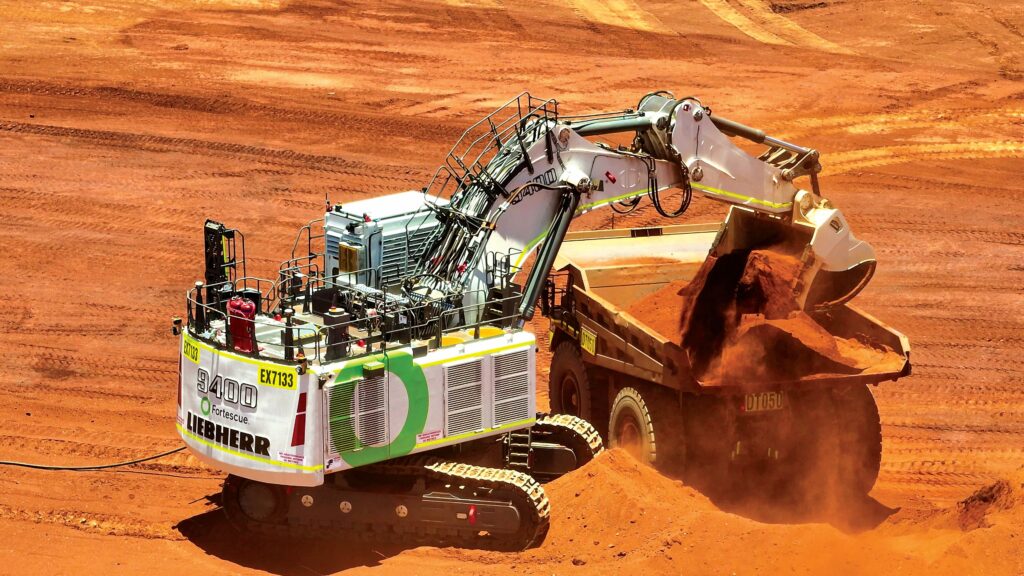
Over the centuries, mining has earned a reputation as a dirty and dangerous business that scars and poisons landscapes while consuming huge amounts of energy. However, the extracted raw materials are essential to the world economy in general and, specifically, to the drive toward electrification as a means of reducing global carbon emissions. Read more…
Motor materials
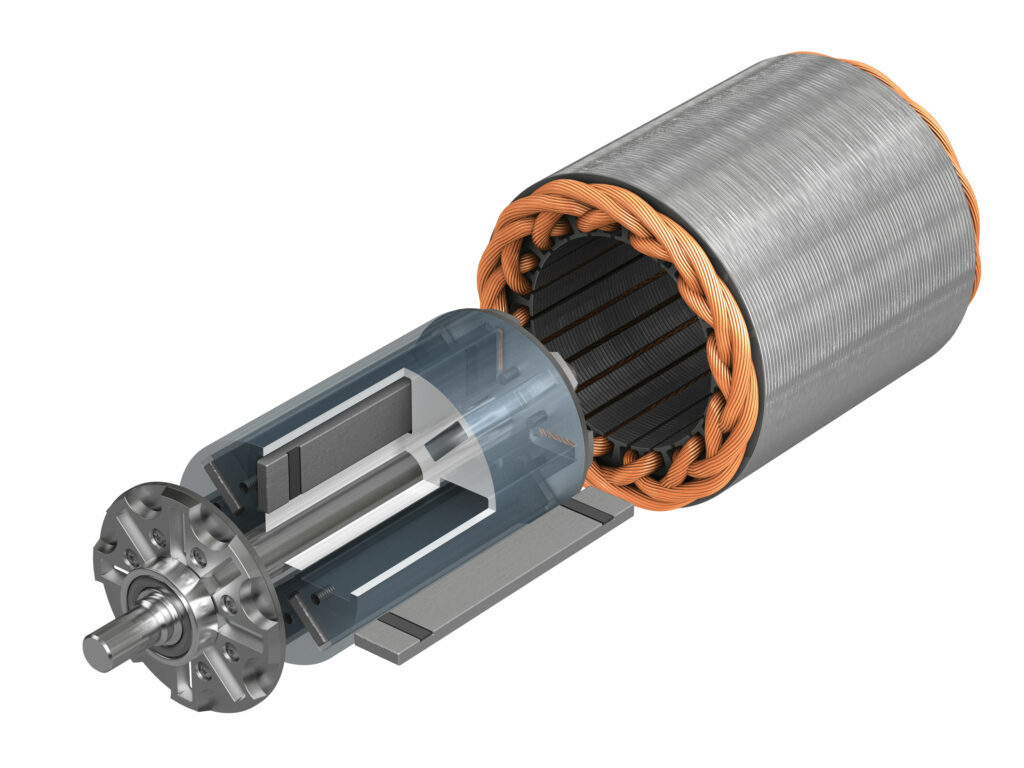
Materials are as fundamental to e-motors as they are to every other engineered artifact, and selecting the right material for each application is crucial in any motor development project. Powering a broad range of vehicles with diverse duty cycles and operating environments, presents multifaceted challenges and material trade-offs. Read more…
ELM last-minute delivery truck
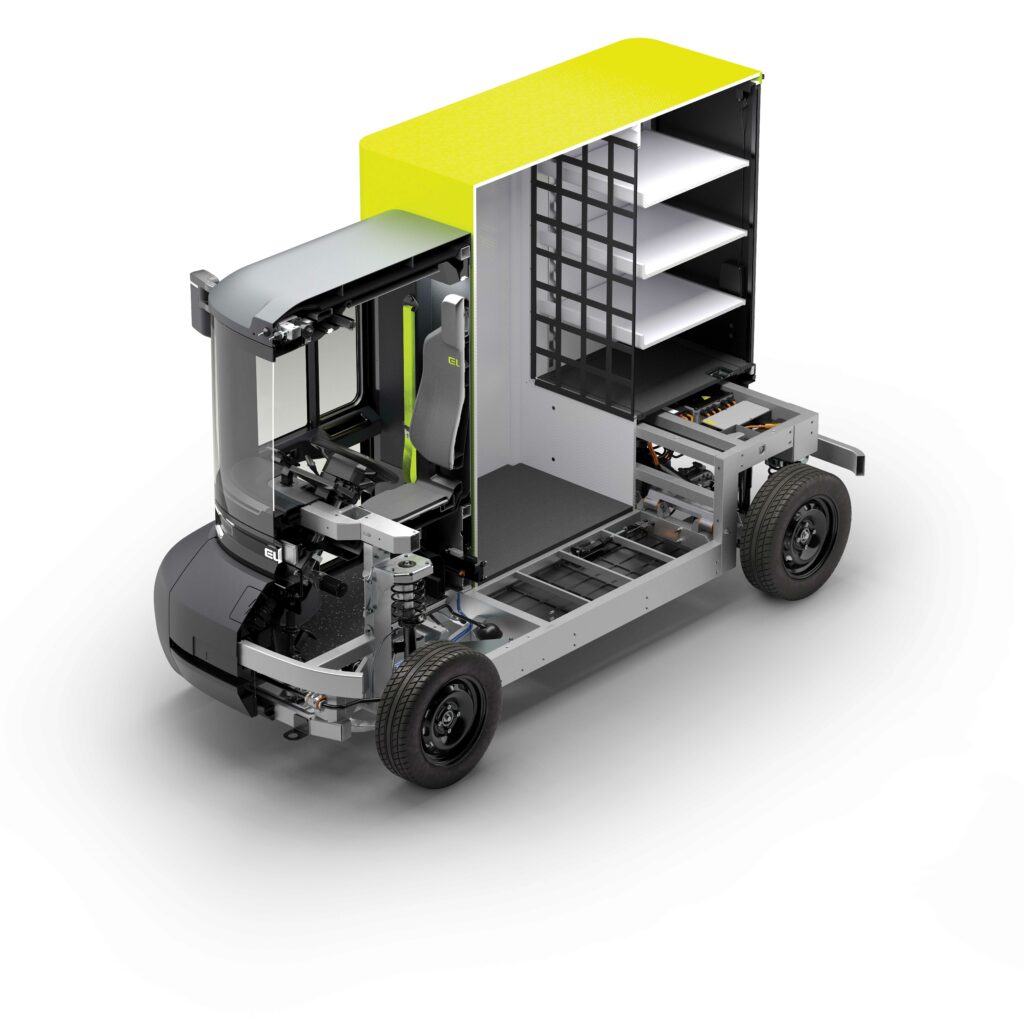
ELM Mobility has set itself the ambitious task of redefining last-mile delivery. The vehicle for this redefinition takes the form of a small battery electric truck in the L7e category. Efficiency, low cost and minimal downtime achieved through its robustness, simplicity and ease of maintenance and repair are key design drivers of the project. “Our mission is to lower the cost per delivery and reduce urban environmental impact,” says Carsten Astheimer, the company’s founder and co-CEO Read more…
Megawatt Charging
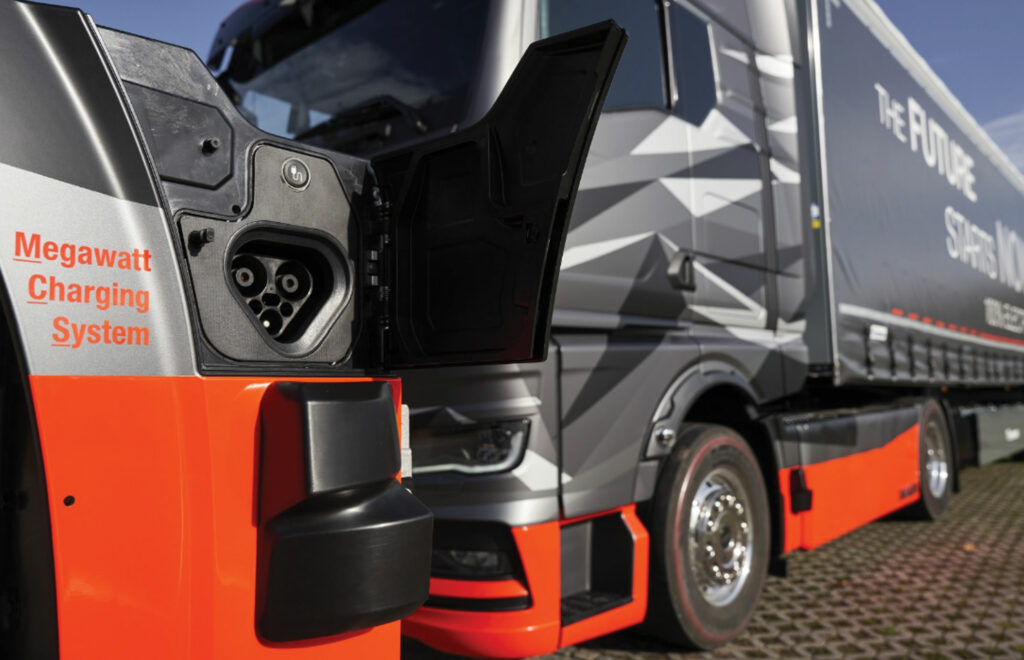
In 2018, the Charging Interface Initiative (CharIN) formed the Megawatt Charging System (MCS) Task Force to develop a robust, scalable and interoperable system for fast charging of electric heavy-duty vehicles. The goal was to meet the growing demand for fast, efficient charging of high-capacity batteries in commercial heavy-duty vehicles. Read more…
Motor cooling
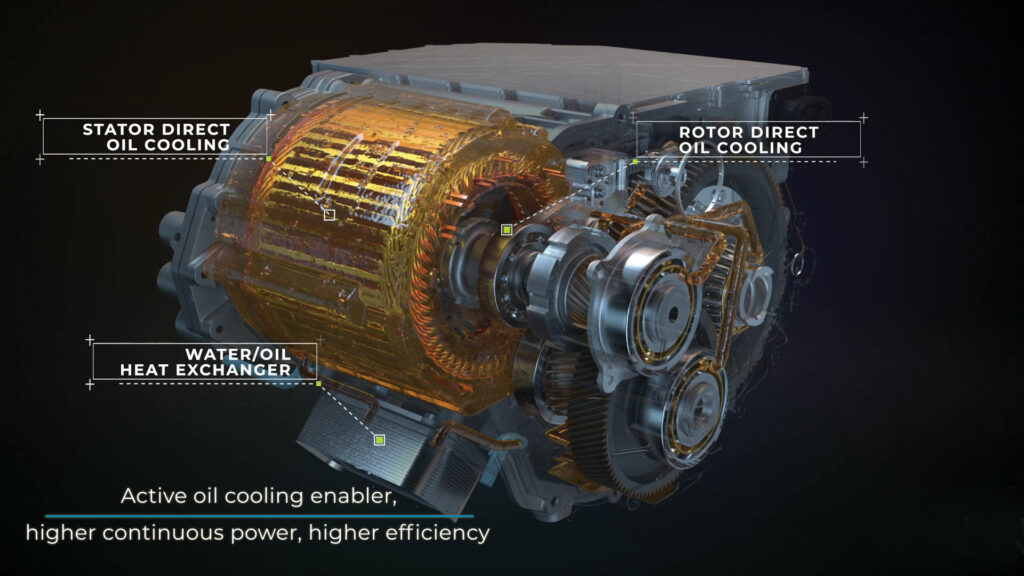
E-motor cooling technology is evolving rapidly, as Peter Donaldson finds out
Discussions on thermal management in electric vehicles (EVs) usually focus on the battery because of the risk and potential consequences of thermal runaway. However, keeping motors comfortable in terms of temperature is also crucial to the performance, reliability, efficiency and longevity of an EV’s powertrain Read more…
Henkel unveils battery innovations for performance and circularity
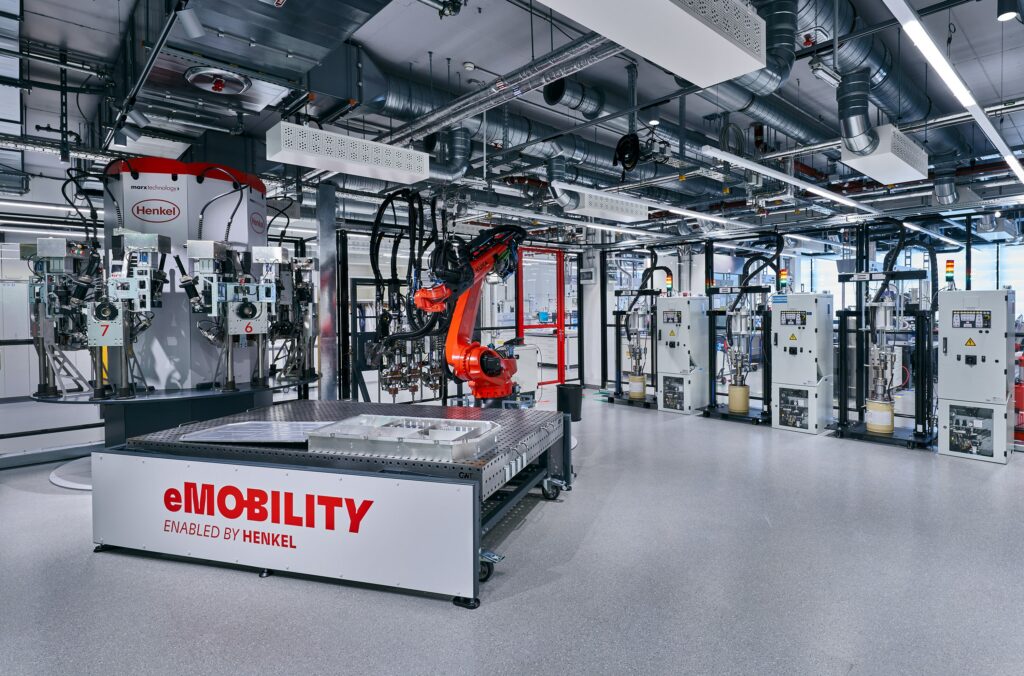
Henkel will showcase a range of new materials and technologies at The Battery Show Europe 2025 (June 3–5, Messe Stuttgart, Hall 10, Booth G10) aimed at speeding up EV battery development, improving safety, and supporting sustainability throughout the battery lifecycle. Read more…
Busbar connector alternative to electroplating

Penn Engineering has developed a new technique to reduce the cost of busbar connections in electric vehicles, writes Nick Flaherty.
“The challenge is how to connect busbars,” says John O’Brien, global technologist at Penn Engineering. “One of the things we have seen is a move from cabling to busbars, driven by cost. Busbars are much cheaper for the same current than cables and more suited for automated assembly, which also gives lower cost.” Read more…

